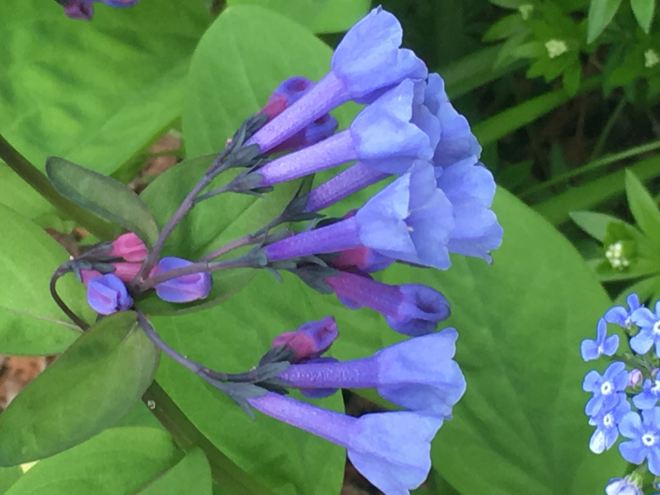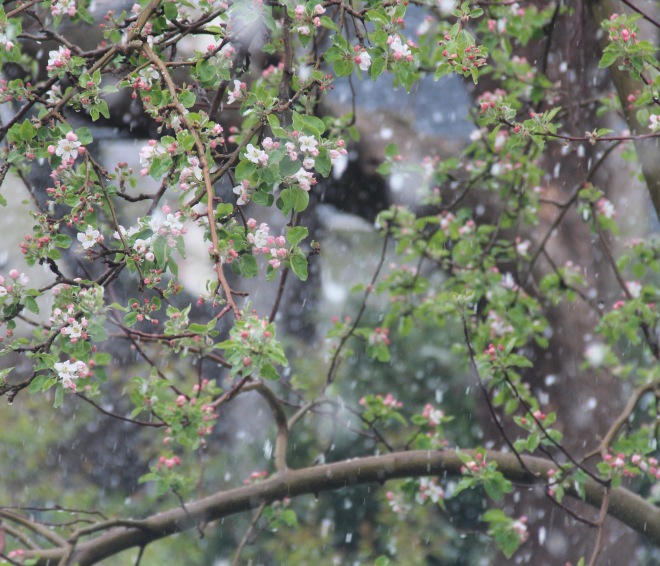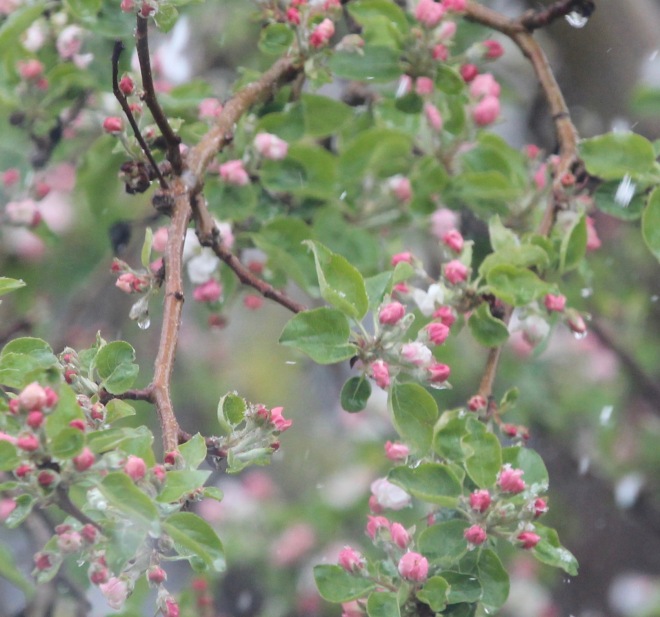Spring’s native wildflowers are delicate and fleeting — that’s why botanists refer to them as “ephemerals.” The Virginia bluebell, Mertensia virginica, is one of my favorites. The mature flowers are spring sky blue and usually bloom throughout May in Minnesota. Native to southeastern Minnesota and portions of the eastern United States and Canada, they are a woodland flower that requires moisture and partial-to-full shade.
The leaves first appear with purple highlights and then turn light green. The flower buds also are pink to purple. As the bell or trumpet-shaped flowers enlarge, they become sky blue and fade as they age. About one month after blooming, each fertilized flower produces three or four seeds. In June, the leaves will die back and the plant becomes dormant until the next spring — a typical characteristic of spring ephemerals. I usually place markers by my plants to avoid digging them up if I plant during the summer.

Virginia bluebells grow with tiny blue-flowered Siberian bugloss (Brunnera macrophylla “Jack Frost”), variegated Solomon’s seal (Polygonatum odoratum “Variegatum”), and sweet woodruff (Galium odoratum) in my small woodland garden.
Virginia bluebells provide an early source of nectar to bumble bees, honey bees and other species of bees and butterflies that are equipped with a long enough tongue to reach deep into the flower tube. Want to learn more? Here are a couple of websites to visit for photos and information:








